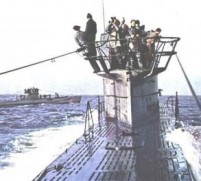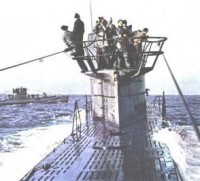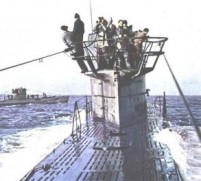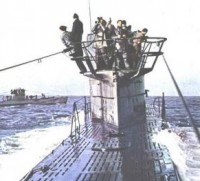U BOATS SUNK IN SOUTH ATLANTIC - U 128 / U 1062
31)U-590

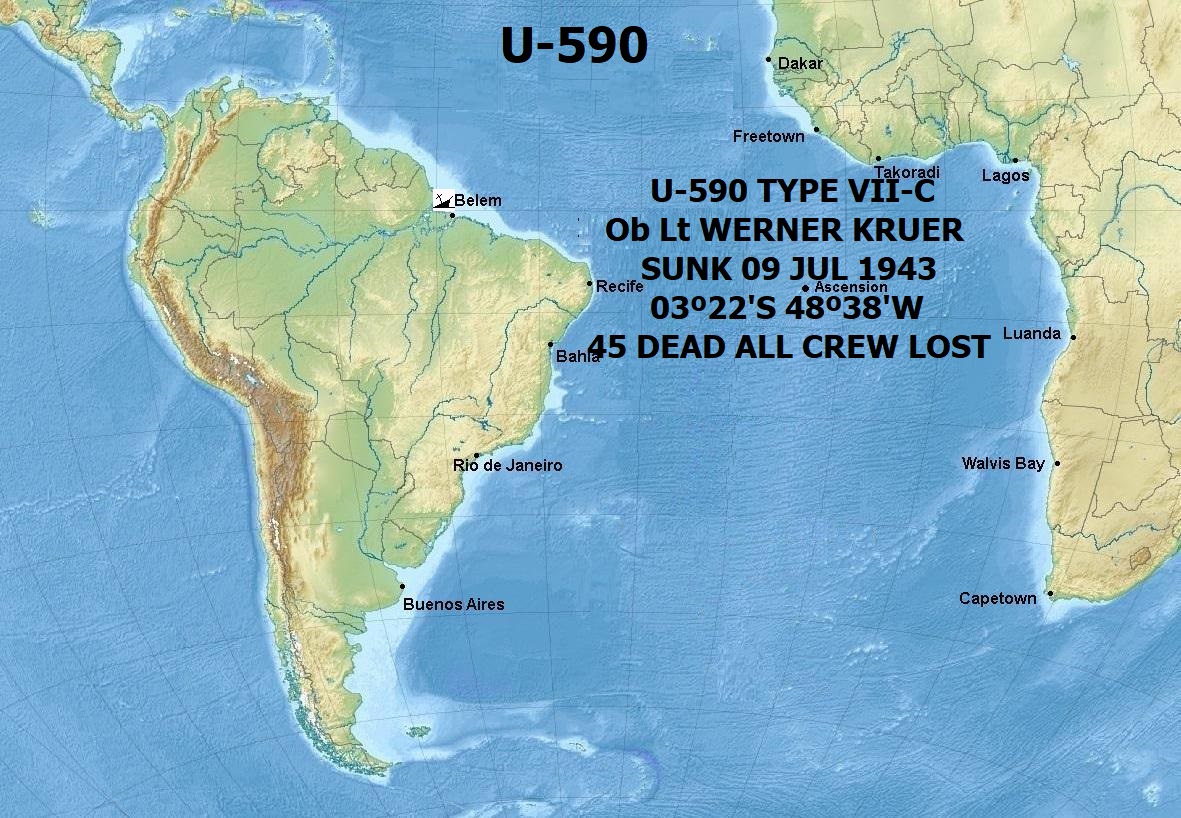
Ordered - 16 Jan 1940
Laid down - 31 Oct 1940
Launched - 6 Aug 1941
Commissioned - 2 Oct 1941 Kptlt. Heinrich Müller-Edzards
Commanders
2 Oct 1941 - 7 JUN 1943 Kptlt. Heinrich Müller-Edzards
8 Jun 1943 - 9 Jul 1943 Oblt. (R) Werner Krüer
Career
5 patrols 2 Oct 1941 - 1 Apr 1942 6. Flottille (training)
1 Apr 1942 - 9 Jul 1943 6. Flottille (active service)
Successes: 1 ship sunk, total tonnage 5,228 GRT
1 ship damaged, total tonnage 5,464 GRT
Fate: Sunk on 9 July 1943 in the Atlantic Ocean north of Belém, Brazil, in position 03.22N, 48.38W, by depth charges from a US Catalina aircraft (VP-94 USN/P-1). 45 dead (all hands lost).
THE SINKING OF U-590
The night of July 7-8, convoy TJ-1 was attacked in the
BT-18 was entering the area from the South at this time and it was necessary for five planes in
At approximately 1230 Peter, 94-P-10 sweeping the area immediately east of TJ-1 sighted a surfaced submarine about
At a distance of more than a mile from the submarine, orange flecks from the submarine's anti-aircraft fire were noticed, and almost immediately thereafter an explosive shrapnel shell entered the bow on the port side exploding against the instrument panel, setting fire to the Sperry oil, and causing billowing smoke and flame. The pilot, Lt. (jg) Frank Fisher Hare, USNR, 112 640 was struck by shrapnel in the head, heart, and body. The run was continued and the two starboard depth bombs released.
Interrogation of those of the crew who could see the drop of bombs indicated that they landed close together, approximately 25 to
94-P-1 and 107-B-5 investigated the area about 1300 Peter, but found no traces of the submarine.Lt(jg) Hare was posthumously awarded the Distinguished Flying Cross and the Purple Heart. Meanwhile, 94-P-1 continued its gambit and at 1424 Peter, a surfacing submarine was sighted about three miles dead ahead, position 03-22 North, 48-38 West. The plane was flying at
As the pilots could not see the submarine, the nose was pushed over to bring it into view. Water was running from its decks and within a few seconds it was fully surfaced, cruising at about 15 knots on 125 degrees true. The pilot held the plane in a dive directly toward the submarine, without changing course and threw on the bombing switch. Lt. (jg) McMackin blew the warning horn and rushed to the waist compartment to take pictures of the enemy underseas craft through the port blister. The throttles were cut, but still the plane attained a speed of 200 knots indicated.
At an altitude of about
All of the occupants of the waist hatch were thrown into the bilges by the pull-up. The gunner had been firing the .50 caliber and had sprayed the conning tower with 7 to 10 rounds. As he fell, the gun was apparently elevated, so that one or two bullets went through the starboard wing of the plane. No serious damage was done. While circling, a greenish-brown slick was visible and in the center of it, two swimming men, a large timber, several small articles and two boxes. A crew member then reported seeing three additional men in the water and Lt.(jg) Elliot spotted them on the next approach.
Five were counted at this time, but three apparently sank very quickly. A life raft was dropped, but drifted away before the swimmers could reach it. Four life jackets were dropped, two inflated and two uninflated and the survivors appeared to get into the inflated ones. Emergency rations were also dropped within reach. Four minutes after the drop a large amount of oil started to rise two or three hundred yards from the slick along the sub's track and observation showed the slick continuing to grow in length and breadth to a size of half to a mile long and a quarter of a mile wide. There was no forward motion to the oil slick. The attack was assessed as "probably sunk.
By Capt. Jerry Mason USN Ret. www.uboatarchive.net
